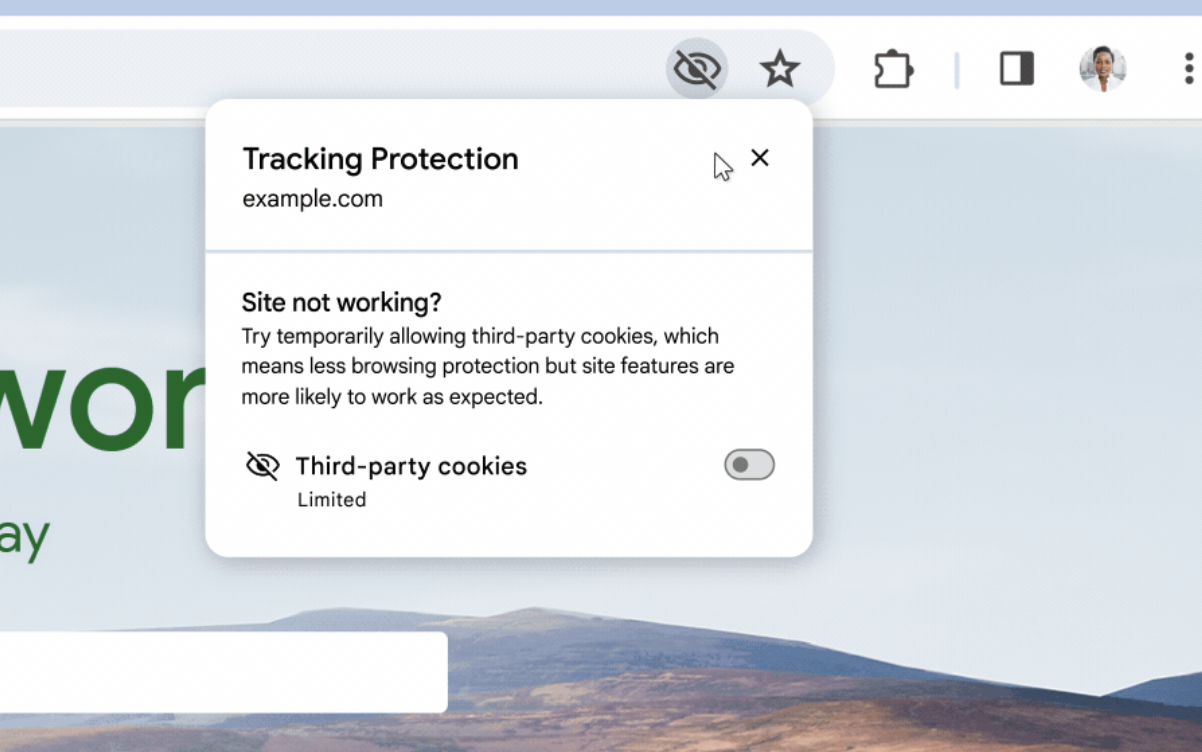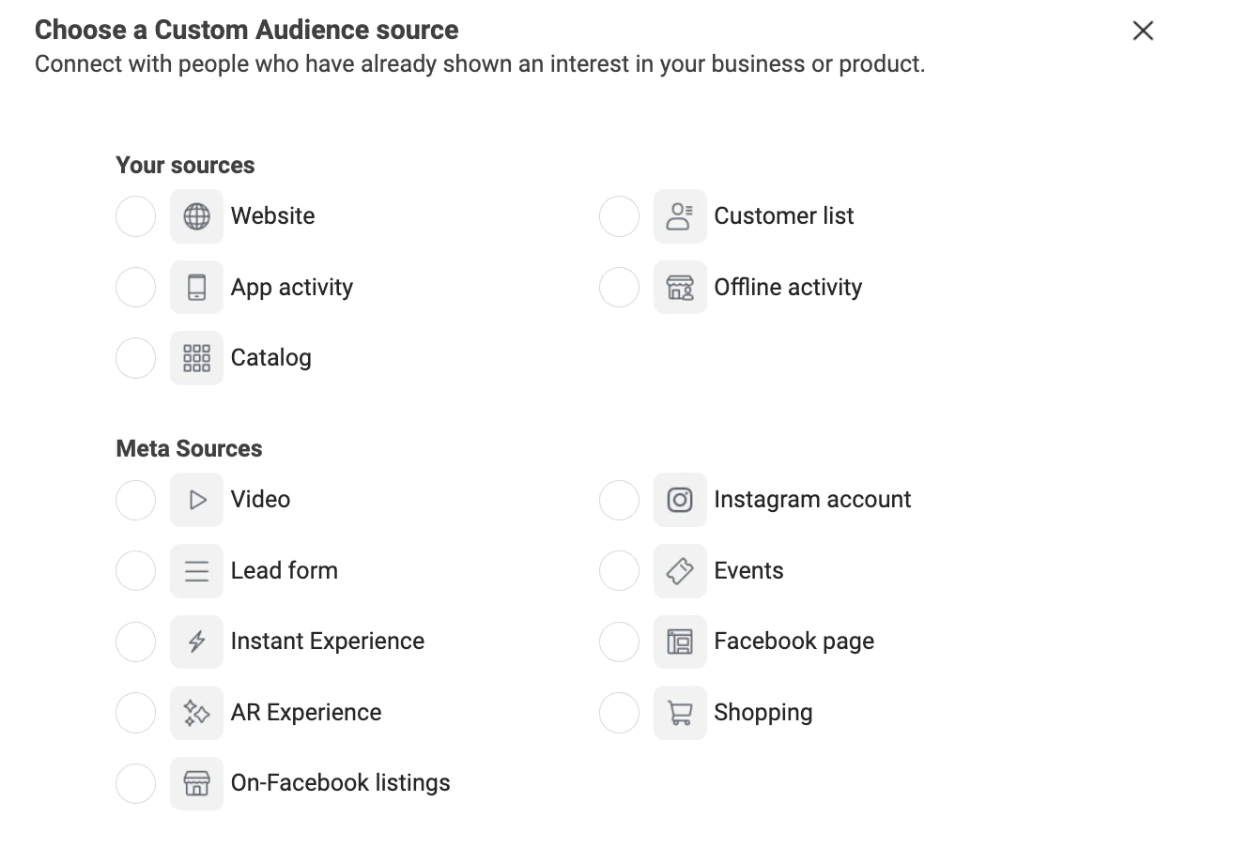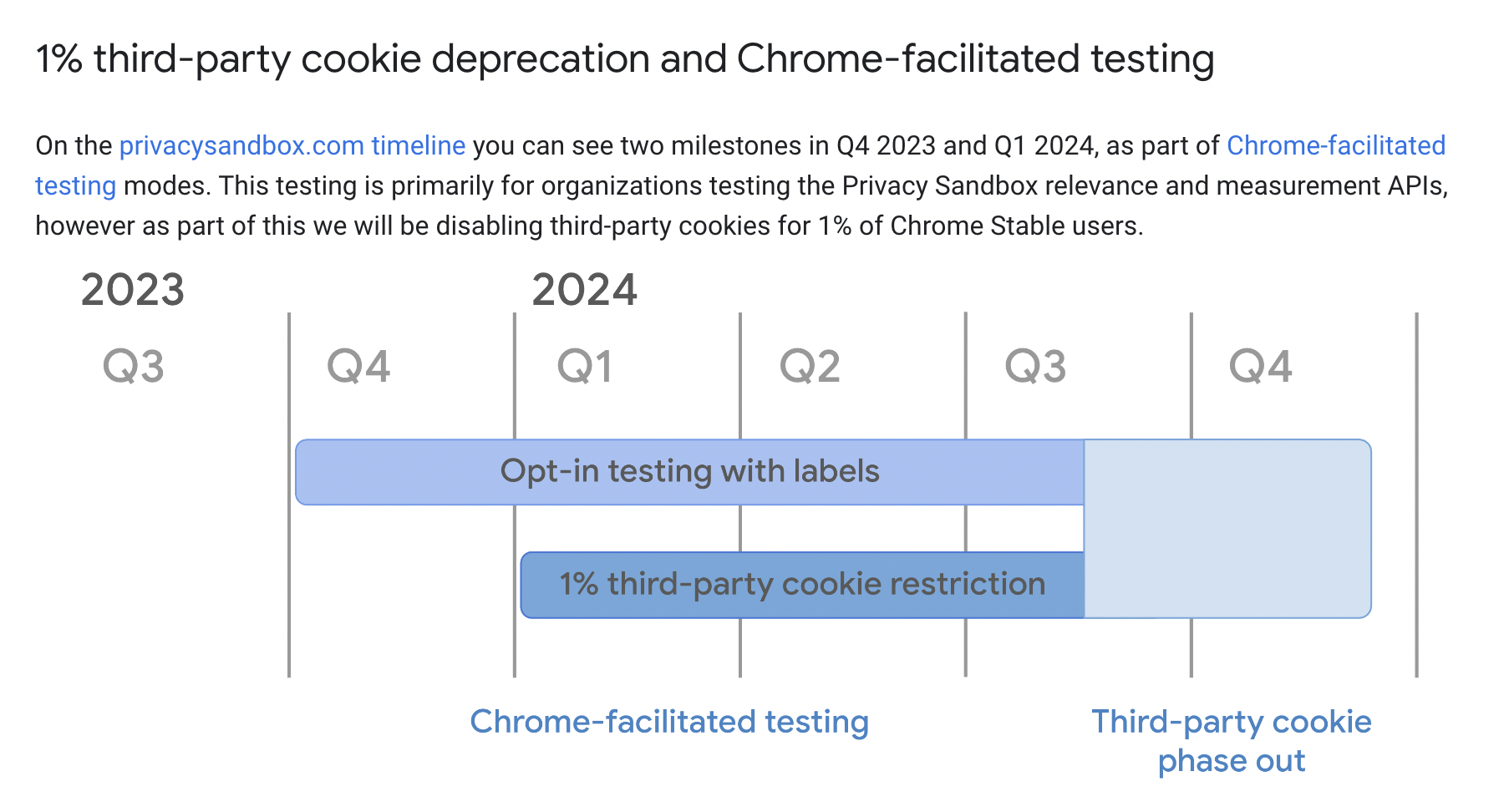Content Marketing
Goodbye Third-Party Cookies, Hello Content Marketing
We get it: Articles about the death of third-party cookies feel a little like a Boy Who Cried Wolf situation.
Google has reportedly been rolling out this shift for years. The company first announced the move in February 2020—only to postpone the implementation timeline every year since. According to Forrester, in 2023, more than half of global marketers thought the whole thing was a bluff.
But in January 2024, Google finally rolled out a new feature—Tracking Protection—that could signal the end of the third-party cookie as we know it. That’s right, folks: The wolf is really at the door.

Before you start huffing and puffing, take a deep breath. (I know, I know, I’m conflating my fables and fairy tales—stick with me.) For marketers, this means a few things are about to change. But while you need to be prepared, there’s no reason to panic. In fact, if you’re already producing high-quality content, it could mean your team is about to get a chance to shine.
Here’s everything you need to know about third-party cookies and what their phase-out means for content marketers in 2024.
The state of third-party cookies
For the uninitiated, third-party cookies are digital trackers that keep tabs on the sites you visit online. They’re one of the main avenues by which advertisers build personalized profiles about potential customers. That vegan ramen brand that relentlessly stalks you around the internet because you looked up “quick plant-based recipes” one time? You’ve got third-party cookies to thank.
In marketing, these cookies help boost visibility and reach. They’re a major factor in retargeting efforts. The thought is that users who’ve previously searched for a product or service are more likely to convert. This has long been positioned as a win-win: Customers get ads for things they’re actually interested in, and brands get access to a more highly curated, more engaged cohort of customers.

In reality, third-party cookies and resulting targeted ads can feel like an invasion of privacy—or even be perceived as downright creepy. Pressure from consumer privacy advocacy groups and regulatory entities is part of the reason why Google is now changing its M.O.
And while there’s been chatter about possible replacements for third-party cookies, whether or not these features will be genuinely useful to marketers is still up in the air. Google itself has announced it does not plan build “alternate identifiers to track individuals as they browse the web.”
A cookieless future, explained
The shift away from third-party cookies only impacts Google Chrome—Apple’s Safari and Mozilla Firefox dropped third-party cookies years ago. Still, more than 3.3 billion people use Chrome, meaning the change will make a considerable impact. So far this year, Google has rolled out Tracking Protection for 1% of global cookies, or around 30 million Chrome users. Their goal is to hit 100% by the end of 2024.
For marketers, this could mean an imminent paradigm shift. One of the most immediate impacts is likely to be on the allocation of marketing budgets. Funds that were originally intended for retargeting campaigns might be better funneled elsewhere—like building out high-quality content on your brand’s own proprietary platforms.
This may be a good idea regardless of the state of third-party cookies. Since ads on “walled gardens” like Facebook and Amazon have been spiking in cost-per-sale in recent years, a shift in focus might be more cost-effective in addition to more directly measurable and controllable.

Let’s say you work in marketing at that ramen company. In the past, you’ve put significant budget toward social media ad campaigns that target users who have expressed interest in products like Japanese cuisine or gourmet seasonings. Moving forward, you may score better ROI by focusing on initiatives that bring people directly to your site—like detailed product reviews, engaging recipes, or interactive ingredient maps.
Focusing on “first-party cookies,” or data collected directly from your website visitors, can enhance user experience and improve targeting accuracy. There’s also a growing emphasis on “zero-party data,” or information that customers intentionally and proactively share with brands. This might include user preferences, purchase intentions, or direct feedback, which can be used to tailor experiences and offers more effectively.
One of the benefits of strategies that rely on first- and zero-party cookies is that brands actually own and control the data—instead of being beholden to behemoths like Google. You can use these insights to speak directly to customers and drive conversions more effectively.
Key takeaways for content marketers
For content marketers, Google’s cookieless future might be a good thing—perhaps even a boost to job security. Four strategies you can implement now to adapt and thrive in a post-cookie world include:
- Set your website up for success by thoroughly auditing the user experience (on mobile, too, of course). Ensure you’re offering visitors real value when they come through your digital door.
- Craft high-quality content and on-site microexperiences that encourage product recommendations, offer loyalty rewards, or feature interactive storytelling.
- Invest in technology that enhances first-party data collection such as interactive tools on your website that engage users in a meaningful way, encouraging them to share their preferences and behaviors directly with you.
- Leverage machine learning and AI to analyze the data you collect, helping to predict customer needs and personalize experiences without infringing on their privacy.
In addition, you may want to consider a suite of tools like Customer Relationship Management (CRM) systems, Data Management Platforms (DMPs), and Customer Data Platforms (CDPs), which can help centralize and utilize customer data ethically and effectively.
A cookieless future doesn’t mean the sky is falling for marketers (there I go again). By building a genuine connection with your audience and homing in on quality content, you can turn the challenge of adopting more privacy-friendly marketing into a competitive advantage.
Ask the Content Strategist: FAQs About Third-Party Cookies
What exactly is “Tracking Protection” by Google?
Google’s Tracking Protection is a new feature designed to enhance user privacy by limiting websites’ tracking capabilities. Essentially, it aims to block or reduce third-party cookies that collect information about your browsing habits, without disrupting the browsing experience.
What does a Google cookieless future look like? Are alternatives are being developed to replace third-party cookies, and how will they impact privacy and marketing?
To replace third-party cookies, the industry is moving toward solutions like Google’s Privacy Sandbox, which proposes using anonymized signals within a browser to deliver relevant ads without individual tracking. These alternatives are expected to provide a more privacy-conscious framework while still allowing marketers to reach their target audiences effectively. That said, technologies like this still put control squarely in Google’s court.
How should marketers prepare for the complete phase-out of third-party cookies?
Marketers should start by enhancing their first-party data strategies, such as improving direct customer relationships and gathering data through interactions on their own platforms. They should also explore new technologies and methods for audience targeting—like contextual advertising—to ensure they remain effective and compliant with new privacy standards.
To stay on top of other content marketing trends, subscribe to The Content Strategist and follow us on Instagram.
Image byBozena Milosevic
Get better at your job right now.
Read our monthly newsletter to master content marketing. It’s made for marketers, creators, and everyone in between.




